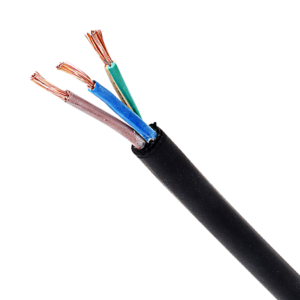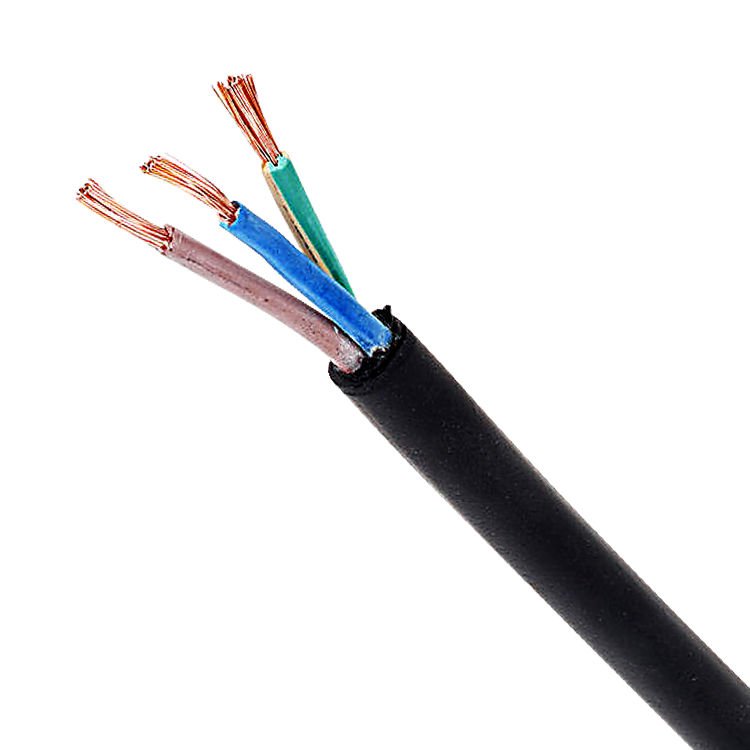1. Introduction to Neoprene Cable
What is Neoprene Cable?
Why Choose Neoprene?
- Neoprene cables are highly flexible, resistant to harsh weather, resistant to oil and grease, and resistant to mechanical shock. This makes the cable suitable for mobile power, construction sites, stage and audiovisual equipment, harbor areas, and dams. It can also be used to power temporary buildings and homes, drainage and sewage equipment.

2. Main Characteristics of Neoprene Cable
Electrical Performance
- Breakdown Voltage (20℃): 20KV/mm
- Specific Volume Resistivity (Ohm*cm, 20℃): 10¹⁰
- Dielectric Constant (50Hz, 20℃): 6-8.5
- Dielectric Factor: 5 × 10⁻²
Thermal Performance
- Operating Temperature: -40°C to 90°C
- Melting Temperature: 140°C
- Flame Resistance: Self-extinguishing
- Halogen-Free: NO
Mechanical Performance
- Tensile Strength: 10-20 N/mm²
- Elongation at Break: 400-700%
- Shore Hardness: 55-70 (A)
- Corrosion Resistance: Medium
Weather
- UV and Weather Resistance: Very Good
- Cold Resistance: Good
3. Comparison: Neoprene vs. Other Cable Sheathing Materials
| Property | Neoprene | PVC | PUR |
| Weather Resistance | Very Good | Moderate | Very Good |
| Cold Resistance | Moderate Good | Moderate Good | Very Good |
| Tensile Strength | 10-20 | 10-25 | 30-45 |
| Flexibility | Good | High | High |
| Halogen-Free | NO | NO | Yes |
| Temperature Range | -40°C to +90°C | -30°C to 70°C | -55°C to 80°C |
4. Common Applications of Neoprene Cables
- Handling Equipment
- Mobile Power Supplies
- Worksites
- Stage and audio visual Equipments
- Port areas and dams
- Drainage and water treatment
5. Conclusion
Neoprene cables are one of the most common rubber cables available today. Ideal for outdoor applications as well as mobile applications. KMCABLE has more than 15 years of experience in the production and export of cables. Feel free to contact us for any Neoprene cable requirement.

